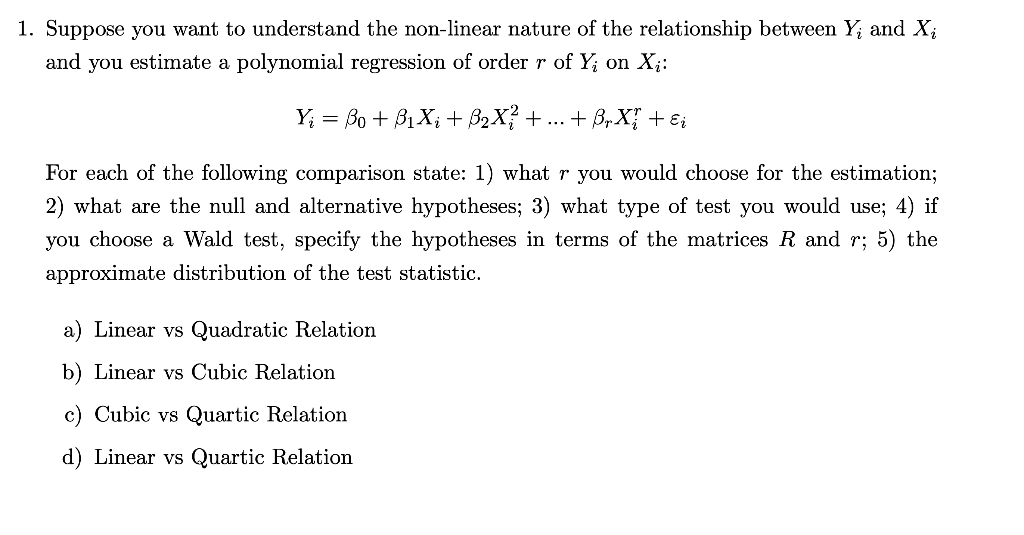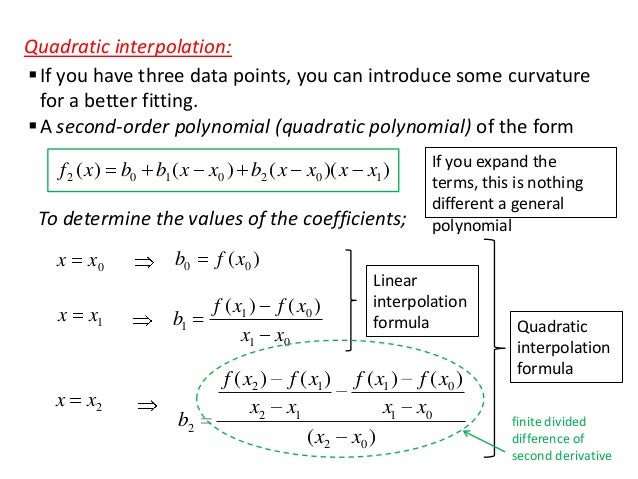

Type I SS ("sequential"): Order-dependent. The differences come when this is not the case. If the predictors are not correlated, then all the sums of squares add up neatly (in this two-factor example, SS + SS + SS + SS = SS), and all ways of calculating the sums of squares are the same. in an ANOVA with two factors A and B, each with two factors, the design is unbalanced if you don't have the same number of observations for A1B1, A1B2, A2B1, and A2B2 conditions). you're predicting something using both age and blood pressure as predictors, and blood pressure tends to rise with age) or (b) the design is unbalanced (e.g. This can happen because (a) the predictors are correlated in the "real world" (e.g. The difference occurs when predictors are correlated. Technicalities, or "make it look like SPSS"-how? Should we?īy default, R uses Type I sums of squares, and SPSS uses Type III sums of squares. Explicit model comparison: anova( reducedmodel, fullmodel ). 
ezANOVA( dataframe, dv=.( depvar(s) ), wid=.( subjectidentifier ), within=.( withinsubjectvariable(s) ), between=.( betweensubjectvariable(s) ), otheroptions ) encapsulates ANOVA but also validity checks (including Levene's test, Mauchly's test for sphericity, and the Greenhouse–Geisser and Huynh–Feldt epsilon corrections).

#The optimal polynomial order sequential testing in r install
If you receive the error message "Error in library(lme4) : there is no package called 'lme4'" when you do this, choose Packages > Install Packages from the R menus, choose a mirror site, and install the "lme4" package from the list (or, from the command line, install.packages("lme4") ). Type library(lme4) to ensure it is active. Also, this uses ML/REML techniques, as above. Applicable to mixed models (fixed + random factors-in psychology, typically this equates to between + within-subjects factors) only.
lmer( depvar ~ predictors, furtherparameters ) and then anova() of the result. It requires the "nlme" package type library(nlme) to ensure it is active (see below if you get errors). Also, this uses maximum likelihood (ML) or restricted maximum likelihood (REML) methods. lme( depvar ~ predictors, furtherparameters ) and then anova() of the result. Anova (with a capital A) is part of the "car" (Companion to Applied Regression) package it calculates Type-II or Type-III ANOVA tables. The same underlying linear model ( lm or some others), but using Anova() of the result or, using Anova()'s additional ability to analyse within-subjects designs explicitly (and address sphericity questions). lm( depvar ~ predictors ) or glm( depvar ~ predictors ), followed by anova() of the result. (The function "aov" is part of the "stats" package, and "summary" is part of "base".) aov( depvar ~ predictors ), followed by summary() of the result to see a conventional ANOVA table. Optional parameters (such as which data set to look for variables in) may also be necessary, but as a summary: This short guide is oriented towards those making the conversion from SPSS to R for ANOVA.Īnalysis of variance in R is performed using one of the following methods, where depvar indicates the dependent variable and predictors is an expression describing the predictors (discussed below). 8.20 Agricultural terminology and designs. 8.17 One WS covariate and one BS factor. 8.15 Two or more BS covariates and one or more BS factors. 8.14 Two or more BS covariates (multiple regression). 8.13 One BS covariate and two BS factors. 8.12 One BS covariate and one BS factor. 
8.11 One BS covariate (linear regression).8.10 Other ANOVA designs with BS and/or WS factors.Technicalities, or "make it look like SPSS"-how? Should we?.








 0 kommentar(er)
0 kommentar(er)
